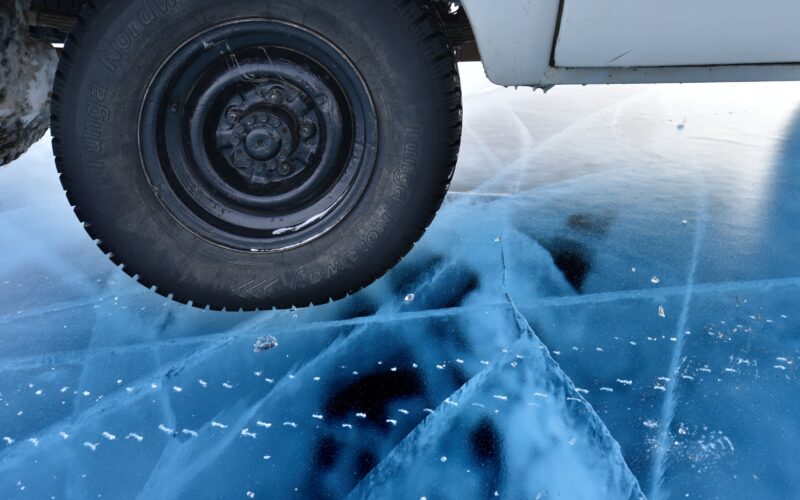Before the onset of winter cold weather, it is recommended to change summer tires. This is due to the fact that already at -5 ° C it becomes stiff, which makes the machine more difficult to control. Considering the extreme conditions during the cold season, you need to know how to choose winter tires for your car. It is her, because all-season car tires are not effective in all climatic zones. The technical feature of rubber designed for winter is that, unlike its counterparts for summer, it is softer. Therefore, at negative temperatures, it retains optimal rigidity, which is necessary for traction. It is not difficult to choose winter tires if you know the necessary technical parameters, as they are indicated on each tire.
How to choose winter tires by manufacturer and brand
Many people think about which tires to choose for the winter, based on the price, brand and country where the production is located. Today, it practically does not matter on which continent and in which country rubber is manufactured. This is due to the fact that even by opening factories in only developing countries, companies do not allow a decrease in product quality, as they value their name. Moreover, the cost of their goods is lower than that of tires produced by the same companies, but in Scandinavian countries. Therefore, it would be wrong to choose tires for the winter only on the basis of the price and the geographical location of the manufacturer.
It is much more important to know how to choose winter tires for a car based on the brand. World-renowned manufacturers carefully monitor technology compliance. Hence the conclusion that the more famous the brand is, the less likely it is to pick up winter tires of inappropriate quality.
Recommendations: how to choose winter tires based on the date of manufacture
Everything is simple here, since the fresher the rubber, the higher its technical properties. Tires are designed for about five years of operation, but even just being in a warehouse, any rubber products lose their properties. Because of this, it is recommended to limit the choice of winter tires to products manufactured no later than two years ago. When tires are stored in a warehouse for more than 2 years, there is a possibility that the rubber will lose its elasticity. You can find out the date of manufacture by the corresponding marking located on the sidewall of the tire. There are four numbers that will help you choose winter tires that are not stale on warehouse racks. The first two are the ordinal number of the week, and the following two digits are the year of manufacture.
How to choose the right winter tires by technical index
Tires, like any other product, have certain endurance characteristics. They are determined by the speed index as well as the maximum load. Consider what kind of rubber to choose for the winter, given the extreme operating conditions. You can save a little on the speed index, since the higher this value, the more speed it is allowed to develop on the car. But in winter, everyone has to limit themselves in speed, fearing slippery roads. It should be clarified how to choose good winter tires, focusing on the marking of the speed index. This parameter is indicated by letters of the Latin alphabet, from “H” to “Z”. The letter H denotes the slowest index, and the letter Z, respectively, the fastest tire models.
Now let’s consider which winter tires to choose based on the load index. This parameter indicates the maximum weight per tire. It is determined by simply dividing the mass of the car into four wheels. Both indices are indicated in the tire labeling. To find out the maximum permissible values and recommendations for choosing winter tires, just look in the vehicle’s technical data sheet. In this technical documentation, the manufacturer indicates the maximum values of both indices. You can buy tires with lower parameters, but not higher than those indicated in the manual.
Which winter tires to choose: spiked or regular
Many people mistakenly believe that studded tires are better and partly right, but they are not suitable for all regions. Where there is ice on the roads, it is recommended to pick up winter tires for cars with spikes, as they cling well to smooth ice. In regions with snowy winters, regular winter tires without studs will do better. The difference between the two types of tires is that some have stud holes in their structure, while others do not. The number of such holes ranges from 96-190. If you don’t understand which winter studded tire is the best, the answer is obvious. The more studs you can install, the more effective the wheel will be in contact with the road.
